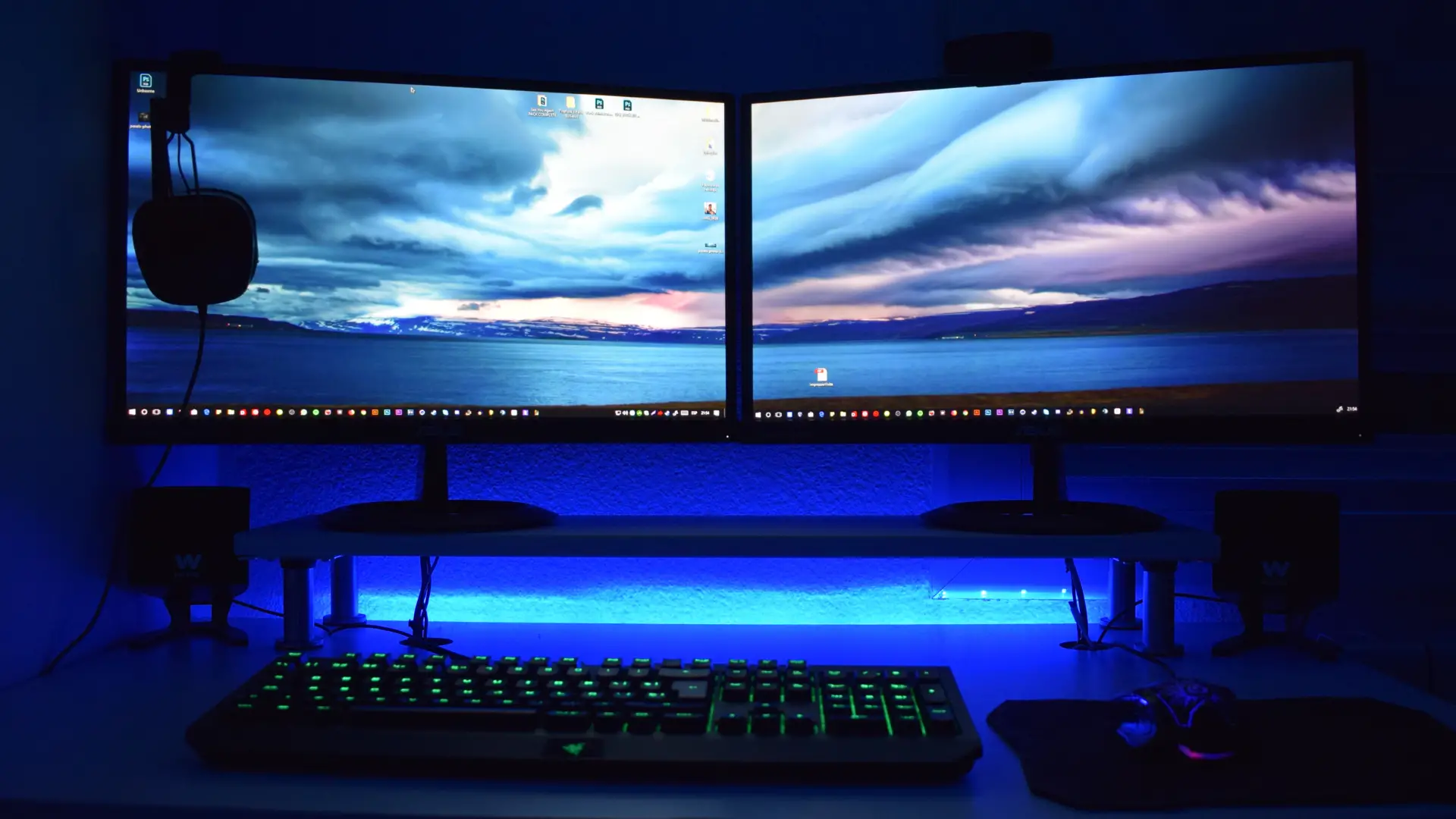How to Rotate Screen on Acer Laptop

When using a laptop, there’s a lot of things you may want to be able to do with it. Yet, there are some limitations you need to take into consideration. For instance, since most laptops have a smaller screen than most computer monitors, this means that things that may look good on a computer monitor may not look or work as well on a laptop’s monitor. However, despite these limitations, there are some things that help make things easier – if only slightly so. One feature is the ability to rotate your screen on an Acer laptop. But how do you do that?
To rotate your screen, all you need to do is go into the Display settings of your Acer laptop. You can either search for Display in the search icon on the taskbar, or by right-clicking on the desktop. Next, either search for ‘Orientation’ or scroll to find Display orientation. Choose whichever orientation you want.
But is there any other way to rotate the screen on your Acer laptop?
How to Rotate Screen on Acer Laptop
Presently, your Acer laptop is only capable of rotating the screen using one option. This option is found in the Display menu, and has four different options you may choose from in the drop-down menu. The Display Orientation menu’s options are:
- Landscape (the default option)
- Portrait (90 degrees to the left)
- Landscape (flipped) (180 degrees)
- Portrait (flipped) (90 degrees to the right)
When you select a different option besides Landscape, you would reasonably have to rotate the laptop screen as well. This is a lot more complicated, as you either need a laptop monitor that physically rotates, an external monitor, or to put the laptop on its side or upside down (depending on the setting). Ultimately, however, actually adjusting the setting is only half the solution, as you also need to be able to find the setting too.
Search for the Display menu in the taskbar’s search icon
There are multiple ways you can get to the Display menu, and the first one is to use the Search icon on the taskbar. This icon is either represented by a small magnifying glass icon or, if the image is extended, a search box with a magnifying glass next to it. Next, you can either search for Display or Orientation. Searching for Display will either bring up the Display menu, or an option available on it (such as the brightness setting). If you search for Orientation, however, this will bring you directly to the Display Orientation option (and highlight it in purple as well).
Open the Settings menu from the Start Menu icon
To do this, click on the Start Menu icon (located in the bottom-left corner of the screen typically) and select the Settings icon. The Settings icon is represented by a Gear icon, and if you hover over it, it will show the name next to it. Click on it, and use the search box in the Settings menu to search for Orientation. It will bring you to the Display Menu, with the Display Orientation option highlighted. Select one of the four options available.
Right-click on your desktop and select Display
This option will take you directly to the Display Menu. Minimize all of your windows using the option in the bottom-right corner. You can also right-click on that option to select Show desktop. Once on the desktop, right-click on the desktop background, and select Display settings. Next, scroll in the Display settings until you find the Display Orientation option.
Use a keyboard shortcut to activate it right away
This is a solution that was originally commonly used; however, for various reasons, it felt out of use, particularly because the feature was disabled. This is because the display device driver that could once do this keyboard shortcut disabled the feature, leaving people to have to do it through the Display menu. This is an unfortunate situation, as if you need to rotate your monitor frequently, having to go in and out of that menu is not exactly ideal. If you have a computer that is still capable of this shortcut, however, you can rotate to certain settings:
- Ctrl + Alt + Up for Landscape
- Ctrl + Alt + Right for Portrait (90 degrees to the left)
- Ctrl + Alt + Down for Landscape (Reversed) (180 degrees)
- Ctrl + Alt + Left for Portrait (Reversed) (90 degrees to the right)
While there are no signs at the moment of this function returning to Windows computers, it is not out of the question. You may also be able to find programs you can download to your computer to enable a similar feature to this.
What’s the benefit of rotating your screen?
One question you may have is why you should even rotate your screen in the first place. The benefit of screen rotation depends on what someone is using their laptop to do. For example, if you are doing research, such as for journalism or a research paper, being able to use the monitor 90 degrees rotated to the right or left can make it easier to do that research, especially if you have a second monitor for research, and the main monitor for writing (where a horizontal screen is preferred). A laptop does nice with this, because you can attach a second monitor and have two monitors, with the first one being your laptop. Plus, it is certainly a lot more convenient than having to rotate your laptop on its side and using an external keyboard.
Can all Acer laptops rotate their screens?
When picking out a laptop, if rotating a screen is an important feature for you, then you want to make sure that the laptop you buy has this feature. The good news is that, because the feature is a part of Windows, any laptop that uses Windows 10 is capable of rotating the screen.
- How to Pair Meta Quest 3 Controllers with Your Quest 3 Headset: A Quick Guide
- How to Charge Meta Quest 3: A Guide to Powering Up Your VR Experience
- How to Cast Meta Quest 3 to Samsung TV: A Step-by-Step Guide
- How To Factory Reset Your Meta Quest 3: A Step-by-Step Guide
- How to Power On and Off the Meta Quest 3





